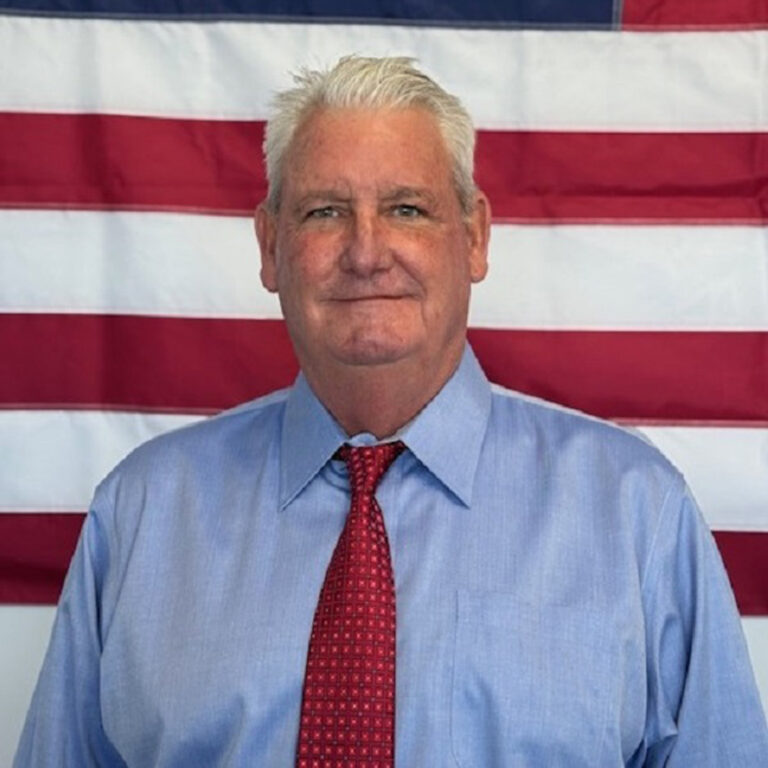Explore More
Fentanyl: High Performers Face a Hidden Risk – What Actually Works to Stay Safe
Fentanyl contamination poses lethal risks for high-achieving men and families—learn practical health and safety steps to protect wellbeing and loved ones

Even as overdose deaths plateaued in 2023, between 100 and 200 people still die daily from fentanyl poisoning. For high-performing men, the risk doesn’t come from personal drug use – it emerges from silent exposure creeping into environments once considered low-risk.
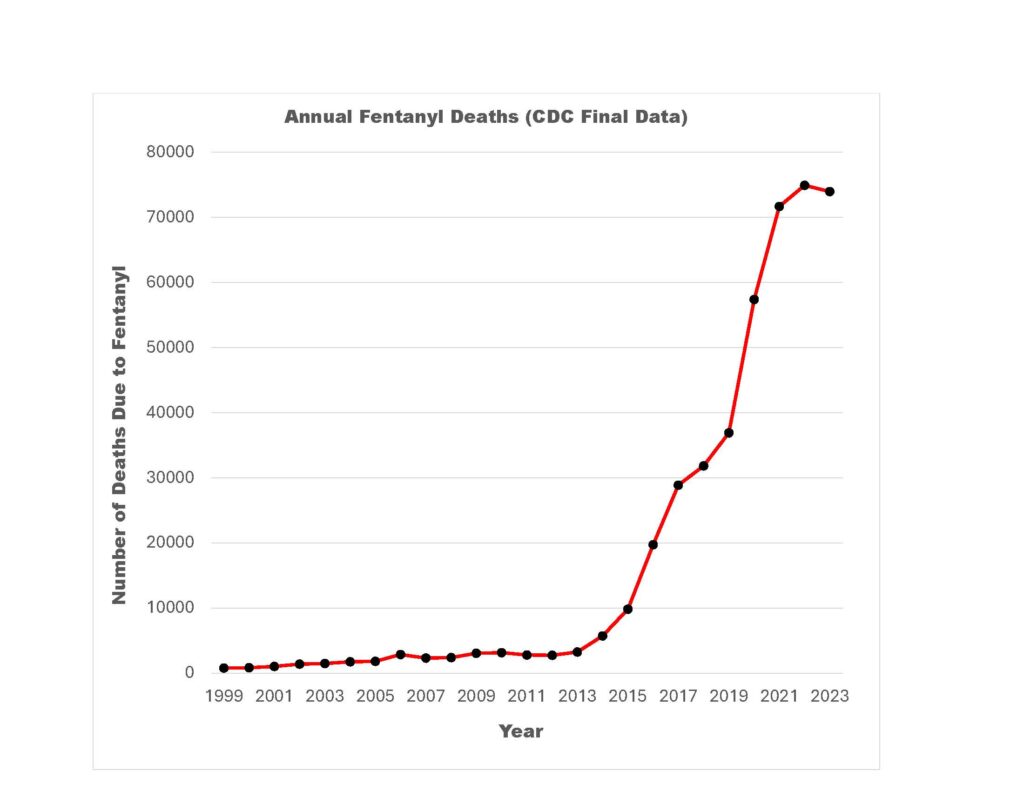
The threat has evolved beyond street corners. Federal authorities seized over 60 million counterfeit pills last year, many disguised as legitimate prescription medications and supplements. Six out of ten contain potentially lethal doses of fentanyl. These aren’t obvious street drugs – they’re convincing replicas of Xanax, oxycodone and even vitamins purchased through seemingly legitimate online sources.
Seized at the Border, Found in the Bloodstream
CDC ‘final’ fentanyl death figures and border seizure data now track closely together, with a reported correlation coefficient of 0.70. The statistics support what border security advocates have long argued – that stopping fentanyl at the source directly impacts domestic death rates.
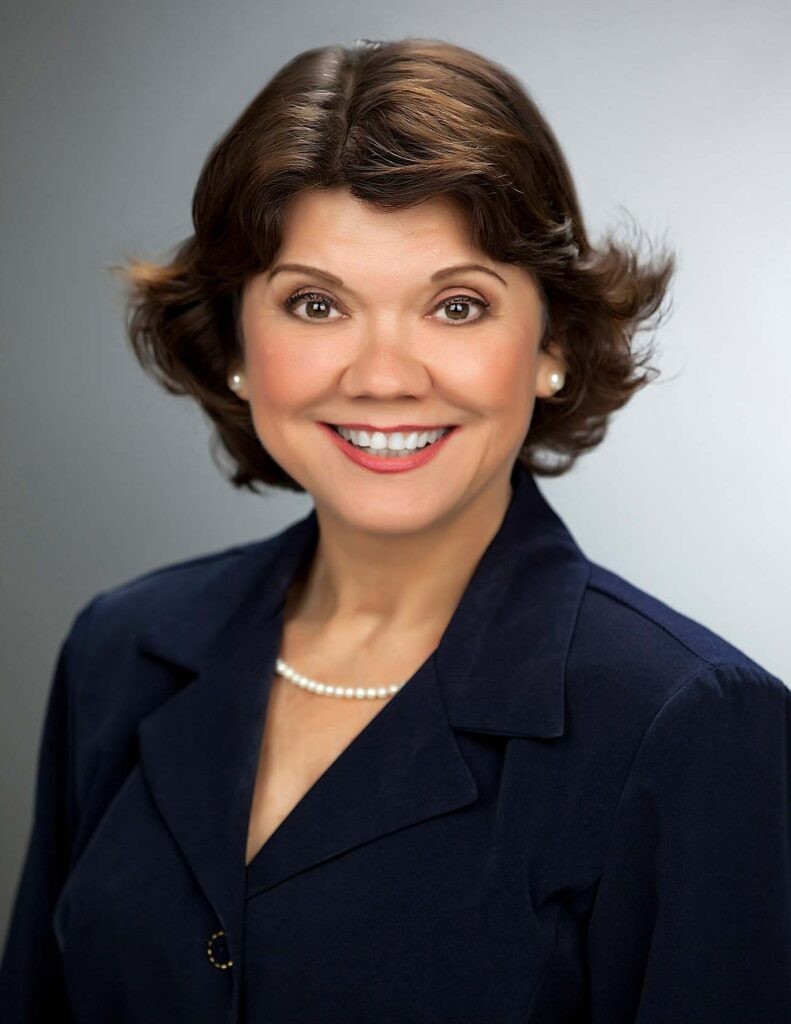
“With 100 to 200 people still dying daily, this is a great crisis in the U.S. Some students tell me that they are still not being warned by their schools. We must work together to mitigate this.“
– Dr. Donna J. Nelson
President Trump’s campaign emphasis on border and precursor control places these numbers in sharp political context. The correlation suggests that as border seizures increase, so do deaths, indicating that most fentanyl still gets through despite enforcement efforts.
‘With 100 to 200 people still dying daily, this is a great crisis in the U.S.,’ notes Dr. Donna J. Nelson, the Breaking Bad science advisor who has shifted focus from fictional chemistry to real-world fentanyl mitigation. The daily death toll hasn’t changed significantly despite increased awareness campaigns and policy attention.
The Private Warning Gap
Dr. Nelson observes that ‘some students tell me that they are still not being warned by their schools. We must work together to mitigate this.’ If educational institutions struggle to reach students effectively, high-achieving adults and their families receive even less targeted guidance.
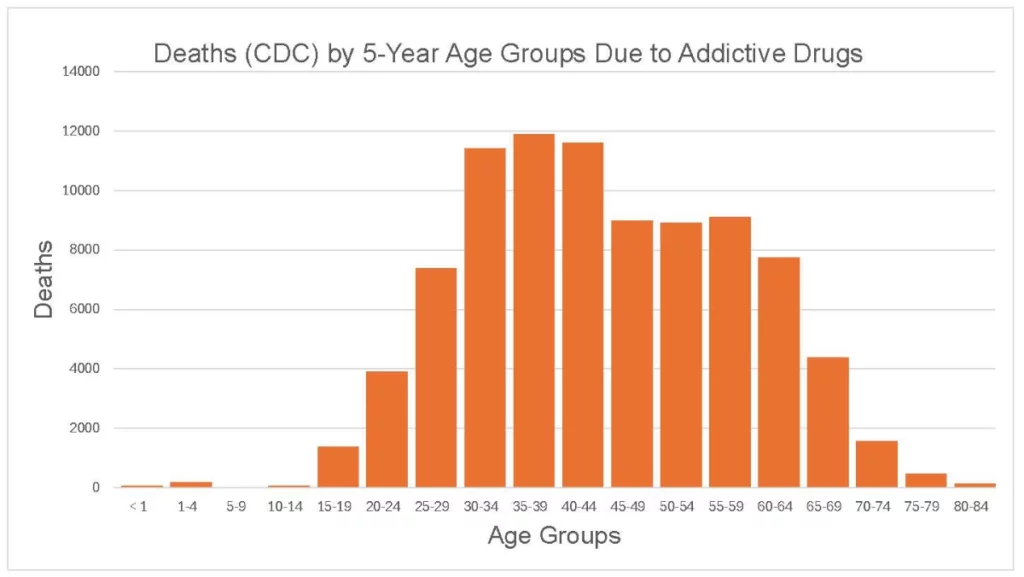
Traditional fentanyl awareness campaigns focus on obvious risk populations. Successful professionals and their families rarely appear in prevention messaging, creating a dangerous blind spot. The assumption that wealth provides protection from accidental exposure ignores how counterfeit medications and supplements infiltrate supposedly secure supply chains.
Recent federal cases reveal fake online pharmacies distributing millions of deadly counterfeit pharmaceuticals to victims across all demographics, including a 45-year-old army veteran. The cases demonstrate that middle- and upper-income families face genuine risk when acquiring medications online.
Practical Precautions for Affluent Households
Know Your Sources
Securing prescriptions means verification beyond convenience. The National Association of Boards of Pharmacy maintains an accredited digital pharmacy search to help consumers avoid counterfeit medications. Cross-reference any online pharmacy against this database before purchasing.
Supplement sourcing requires equal scrutiny. Unvetted suppliers, particularly those offering significant discounts or operating without proper licensing, present contamination risks. Stick to established retailers with verified supply chains and avoid supplements promoted through social media or delivered by unknown couriers.
Family Safety
Jim Rauh founded Families Against Fentanyl after losing his son to fentanyl poisoning. His experience highlights why direct, informed family conversations matter more than generalised ‘awareness’. Adult children, particularly those in high-stress environments like finance or law, may seek prescription medications through unofficial channels.
Rauh’s organisation runs targeted campaigns in affluent areas including Southern California and Chicago, recognising that fentanyl affects all communities. The billboard campaigns specifically aim to reach wealthy families, breaking the stereotype that fentanyl only impacts certain populations.
Travel and Staff Risks
Discrete testing kits provide quick results in one to two minutes. These individually wrapped strips test powders, pills and liquids for fentanyl presence. They’re available online and ship discreetly, making them practical for travel or household staff screening protocols.
For household employees, particularly those with access to family medications or supplements, establish clear protocols. This includes education about counterfeit risks and providing legitimate channels for any personal medication needs. The goal isn’t surveillance but protection through informed awareness.
The Stats that Cut Through Wishful Thinking
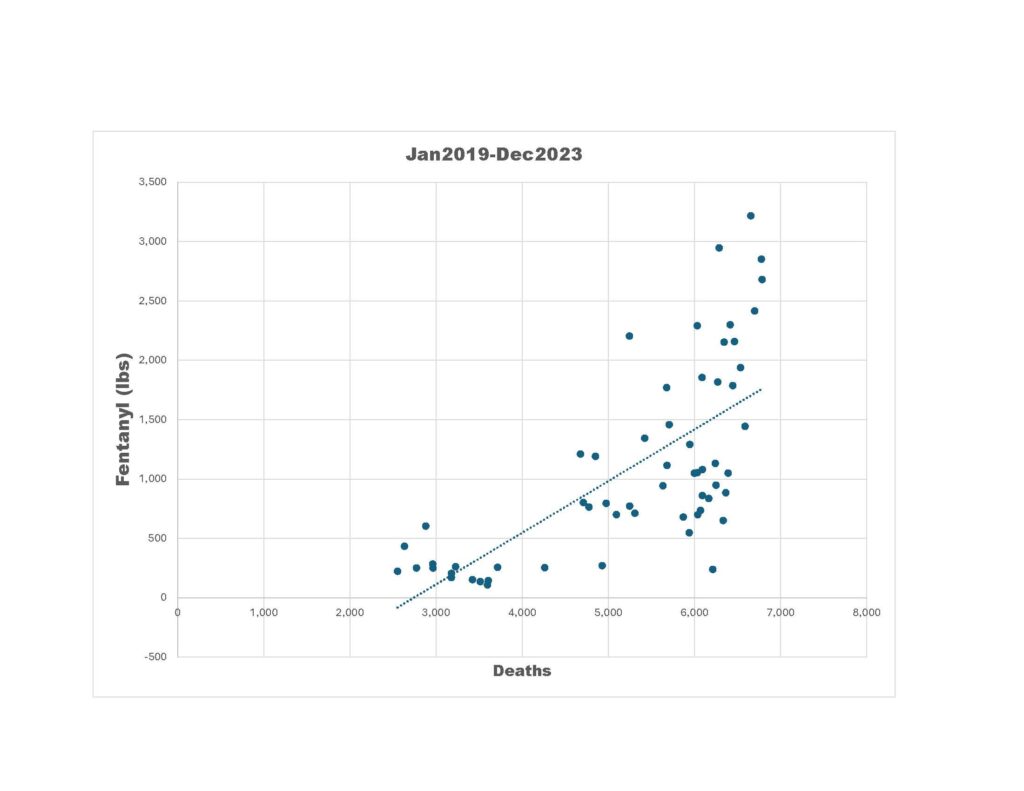
The correlation evidence from 2019–2023 and the plateau in deaths show why border-focused solutions alone aren’t sufficient for personal protection. Even with enhanced enforcement, the daily death toll remains steady at 100-200 people.
Dr. Nelson’s call for collaborative efforts emphasises practical vigilance over policy hope. Law enforcement seized over 115 million contaminated pills in 2023 alone, yet the supply continues. Individual protection requires personal action, not reliance on systemic fixes.
The statistical relationship between seizures and deaths actually indicates failure – it shows that increased border activity correlates with more fentanyl getting through, not less. Personal health protection requires proactive strategies rather than passive trust in enforcement effectiveness.
Health Asset Management, Not Crisis Response
Treating fentanyl vigilance as health asset management means integrating safety protocols into existing health and security practices. This isn’t reactive crisis response – it’s proactive risk mitigation that fits naturally into how successful people already manage other threats to their wellbeing and family safety.
The reality of 100-200 deaths daily this year creates a statistical inevitability that touches all demographics. High-performing men who optimise career, health and financial outcomes need equivalent attention to fentanyl exposure risks. The threat won’t respect professional achievement, postcode or income level.
Personal vigilance remains the most reliable defence. While policy debates continue and enforcement efforts fluctuate, individual protection strategies provide immediate, controllable risk reduction. Advocacy groups like Families Against Fentanyl continue pushing for change, but personal safety can’t wait for policy solutions that may never adequately address the scale of this crisis.
About Dr. Donna J. Nelson.
Dr. Donna J. Nelson is a distinguished scientist and advocate for America’s Scientific Readiness, serving as science advisor to the award-winning AMC television series Breaking Bad and 2016 President of the American Chemical Society, the world’s largest scientific society. After creator Vince Gilligan requested scientific help, Dr. Nelson volunteered to ensure organic chemistry accuracy in the series, checking scripts, providing dialogue, drawing chemical structures and writing chemical equations used as props.

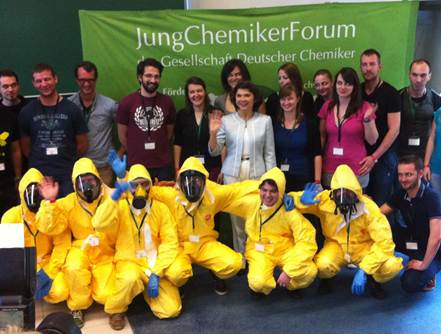

Her work extends beyond entertainment to classroom innovations, correcting organic chemistry textbook inaccuracies, and increasing ethnic and gender diversity in highly ranked science departments through her Nelson Diversity Surveys.
Currently, Dr. Nelson focuses on what the scientific community describes as the greatest challenge facing America: the fentanyl crisis, which she terms “A Perfect Storm in Science.” She is the only scientist collecting, preparing and disseminating CDC and US Border Patrol data that quantify fentanyl’s impact in terms of U.S. deaths, enabling a planned scientific approach to addressing the scourge.
Drawing on her American Chemical Society experience, she builds the needed fentanyl research community by organising symposia that connect researchers and facilitate collaboration. Her speaking engagements often transition from her Breaking Bad experiences to current fentanyl research and data. Visit her work at djnelson75.wixsite.com/mysite.


